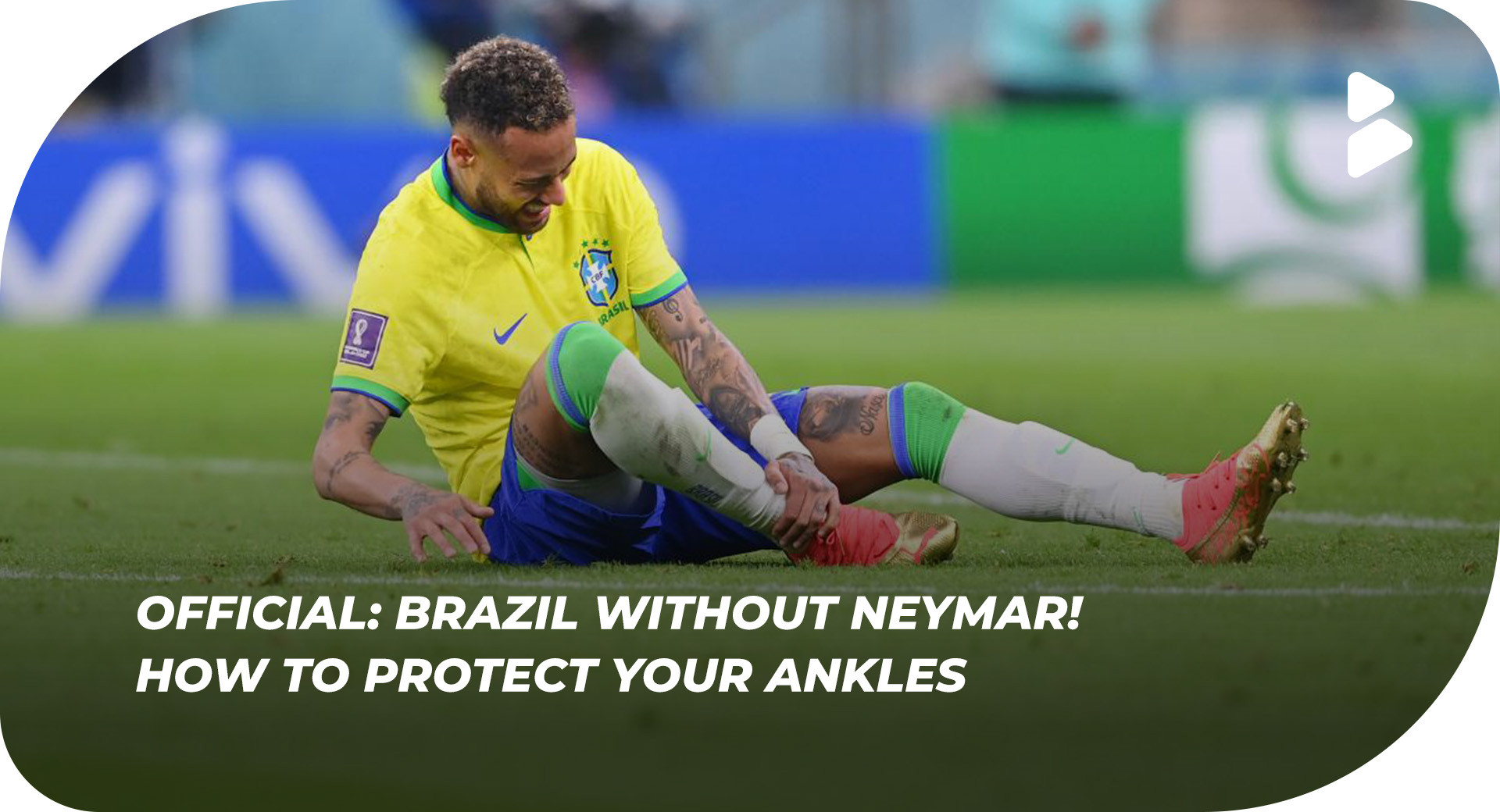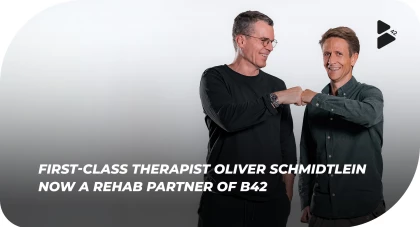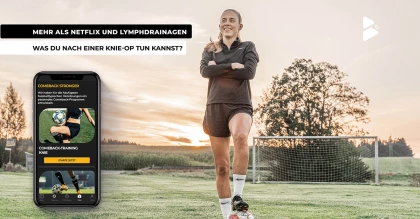Despite the Brazilian Seleção's brilliant and impressive 2-0 opening win over Serbia, there is a sense of gloom in Brazil the days after.
The reason for this is Neymar's right ankle. Due to a ligament injury at the ankle, the 30-year-old will definitely be out for the Brazilians' next group against Switzerland, according to team doctor Rodrigo Lasmar.
The same also applies to right-back Danilo, who also injured his ankle in the opening win against Serbia. It is not yet clear exactly how long the two professionals will be out.
Brazilian media unanimously reported that even the entire group phase was over for both of them.












